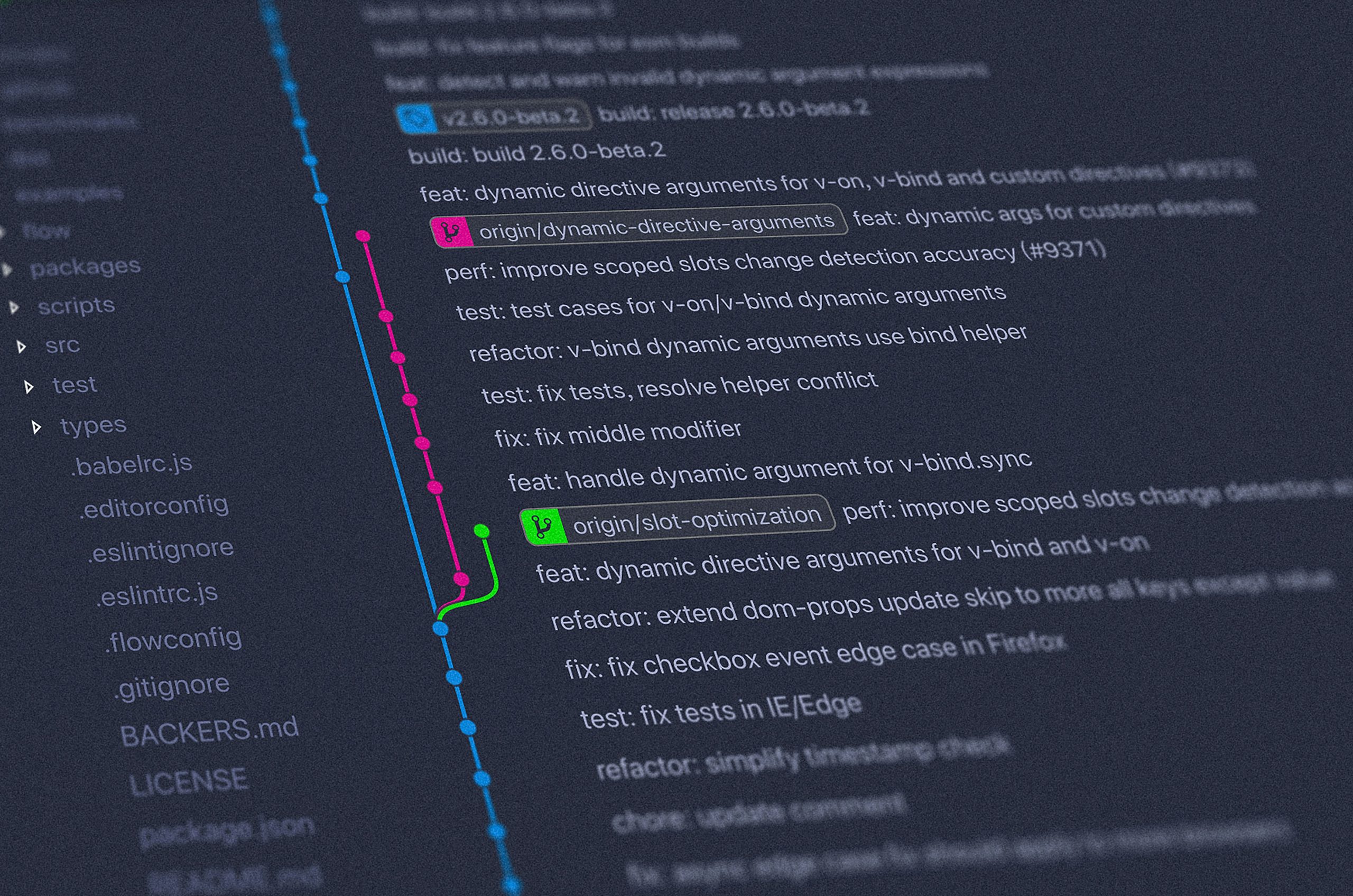If you’re a website owner or a budding blogger, you’ve likely heard of Yoast SEO, a powerful tool designed to optimize your website for search engines. But what exactly does it mean to use Yoast SEO, and how can it make a difference for your site?
Understanding Yoast SEO
Yoast SEO is a popular WordPress plugin that streamlines the process of optimizing your website or blog for search engines like Google. By guiding you through essential SEO steps, it helps ensure your content is search engine-friendly, improving visibility and attracting more visitors. This tool matters because better visibility means more traffic, more potential customers, and more chances to succeed online.
In this guide, we’ll break down the basics of using Yoast SEO and show you how it can be a game-changer for your website’s performance. Ready to make your content stand out? Keep reading!
Understanding the Importance of Yoast SEO in Today’s Digital Landscape
In an era where digital presence can make or break a business, search engine optimization (SEO) is more critical than ever. One tool that stands out in the SEO toolkit is Yoast SEO. This powerful plugin enhances website visibility on search engines like Google, driving organic traffic to your site. According to a study by HubSpot, websites with an active blog receive 55% more visitors. This underscores the significance of optimizing content, where Yoast SEO plays a pivotal role.
What Does Yoast SEO Offer?
Yoast SEO is a user-friendly tool designed for WordPress sites. It simplifies the often complex task of SEO, making it accessible even for those new to digital marketing. It helps you optimize your content for keywords, ensuring that your articles are structured in a way that is favored by search engines. This includes optimizing titles, meta descriptions, and keyword density, translating complex algorithms into actionable advice.
Enhancing Readability and Engagement
Aside from boosting SEO, Yoast SEO enhances content readability. The tool provides insights into sentence structure, transition words, and paragraph length, promoting better reader engagement. This is essential as search engines like Google use user engagement metrics to determine the relevance and quality of content. The readability analysis feature encourages clarity and conciseness, making your content appealing to both readers and search engines.
Staying Ahead of SEO Trends
SEO trends are constantly evolving, and keeping up can be a daunting task. Yoast SEO regularly updates its features to align with the latest search engine algorithms. This ensures that your website maintains its ranking and adapts to changes in SEO strategies. Using the latest best practices in SEO, like incorporating long-tail keywords and optimizing for voice search, keeps your content relevant and competitive.
Data-Driven Results
Implementing Yoast SEO can significantly impact your website’s performance metrics. According to research by BrightEdge, over 51% of all website traffic comes from organic search. This indicates the crucial role of tools like Yoast SEO in maximizing organic reach. By analyzing key performance indicators, Yoast SEO empowers you to make informed decisions regarding your content strategy, ensuring consistent growth in visibility and conversion rates.
The Future of SEO with Yoast
As we move further into the digital age, the demand for efficient SEO tools will continue to rise. Yoast SEO’s commitment to innovation ensures it remains a frontrunner in the field. Its ease of use combined with comprehensive features makes it an invaluable resource for businesses and individuals aiming to stay competitive in the crowded digital marketplace. Embracing Yoast SEO today is not just a strategy for improving search rankings; it is a step toward sustainable online success.
Key Benefits of How to Use Yoast SEO
- Improved Search Engine Visibility: Enhances your website’s ranking on search engines.
- Content Optimization Guidance: Offers real-time suggestions to improve your content’s SEO friendliness.
- Readability Check: Ensures your content is easy to read and understand by a broad audience.
- Keyword Optimization: Helps in selecting and effectively using the right keywords.
- Meta Tag Management: Simplifies the creation and management of meta titles and descriptions.
- Internal Linking Suggestions: Recommends relevant internal links for better site structure.
- Social Media Integration: Previews and optimizes how content appears on social platforms.
- Technical SEO Improvements: Provides tools to manage sitemaps and improve site speed.
Understanding How to Use Yoast SEO with Real-World Applications
Learning how to use Yoast SEO effectively can significantly boost your website’s online presence. Improved search engine visibility means that more potential customers can find your products or services. For example, a local bakery using Yoast’s keyword optimization might rank higher for search terms like “best cupcakes in [city].” Moreover, content optimization guidance ensures that the bakery’s blog posts are easy to read and engaging, attracting more visitors. Meta tag management is crucial for grabbing users’ attention via search engines by crafting compelling titles and descriptions. By mastering how to use Yoast SEO, businesses can enhance their digital marketing strategies and reach a wider audience.
Common Challenges and Mistakes in Using Yoast SEO
Over-Optimizing Keywords
One common mistake users make when learning how to use Yoast SEO is over-optimizing keywords. While Yoast SEO provides a focus keyword feature, stuffing your content with the keyword can lead to awkward phrasing and can be penalized by search engines. The goal should be to incorporate keywords naturally, ensuring readability and relevance.
Ignoring Readability Guidelines
Yoast SEO offers readability analysis, but many users overlook this important tool. Focusing solely on SEO recommendations and ignoring readability can lead to confusing or difficult-to-read content, which may drive visitors away. It’s crucial to balance SEO with clear, engaging writing to ensure your audience remains interested and informed.
Neglecting Meta Descriptions
Another challenge when using Yoast SEO is neglecting to write custom meta descriptions. Although Yoast makes it easy to set meta descriptions, some users leave them blank or let search engines auto-generate them. Custom meta descriptions can greatly influence click-through rates (CTR) from search engine results pages (SERPs) by providing a clear, concise summary of the content.
Misunderstanding the Importance of Internal Linking
Yoast SEO emphasizes the significance of internal linking, but users often fail to utilize it effectively. Internal links are crucial for helping search engines understand the structure of your website and for guiding users to related content. Proper internal linking can improve both SEO rankings and user experience by prompting visitors to explore further within the site.
Believing Yoast SEO Guarantees Top Rankings
A common myth is that using Yoast SEO guarantees top search engine rankings. While Yoast is a powerful tool for optimizing your content, SEO success involves numerous other factors, including quality backlinks, overall site performance, and domain authority. Relying solely on Yoast or any SEO tool without a comprehensive strategy will limit your site’s potential.
Myths Related to Using Yoast SEO
Yoast SEO is a Set-and-Forget Solution
One myth is that Yoast SEO will manage everything after the initial setup. In reality, SEO is an ongoing process that requires regular updates, content refreshes, and the adaptation of strategies to align with changing search engine algorithms and user expectations.
Yoast’s Green Lights Mean Perfect SEO
Another myth is that turning all of Yoast’s indicators green ensures perfect SEO. While achieving green lights is beneficial, content should meet user intent and quality standards above arbitrary scoring systems. Relying solely on these indicators may not capture all the nuances of effective SEO.
For more comprehensive knowledge on using Yoast SEO effectively, consider visiting Yoast’s official website or other trusted SEO resources.
Step-by-Step Guide to Using Yoast SEO
Yoast SEO is a powerful WordPress plugin designed to optimize your website for search engines. Follow this step-by-step guide to make the most of its features.
1. Install and Activate Yoast SEO Plugin
- Navigate to your WordPress dashboard.
- Go to Plugins > Add New.
- In the search bar, type Yoast SEO.
- Click on Install Now and then Activate.
2. Configure General Settings
- Go to SEO > General in the WordPress dashboard.
- Use the Configuration Wizard to set up basic settings.
- Enter details like your site type, organization or person, and social profiles.
3. Optimize Content with Yoast SEO
- Access the page or post editor where you want to add Yoast SEO.
- Scroll to the Yoast SEO widget below the content editor.
- Enter a Focus Keyphrase (primary keyword you want to rank for).
4. Analyze and Improve Content SEO
- Review the SEO Analysis section.
- Ensure keyphrase density is adequate but not overused.
- Check for critical issues (e.g., missing meta descriptions).
5. Improve Readability
- Utilize the Readability Analysis feature.
- Follow suggestions to enhance content flow, sentence length, and passive voice usage.
6. Customize Metadata
- Edit the SEO title and meta description to improve click-through rates.
- Use keywords naturally while ensuring the metadata reflects page content.
7. Optimize Social Media Sharing
- Navigate to the Social tab within the Yoast SEO settings for a page/post.
- Customize how your content will appear when shared on platforms like Facebook and Twitter.
8. Generate and Submit XML Sitemaps
- Go to SEO > General > Features.
- Ensure the XML sitemaps feature is enabled.
- Submit the sitemap to Google Search Console for better indexing.
9. Monitor SEO Performance
- Regularly check the Yoast SEO dashboard for alerts.
- Integrate with tools like Google Analytics for deeper insights.
10. Stay Updated
- Keep Yoast SEO updated to the latest version for new features and security updates.
For further learning and advanced usage, consider visiting the Yoast SEO Academy, which offers courses on various aspects of SEO and how to best utilize the plugin.
By following this guide, you can effectively use Yoast SEO to enhance your site’s visibility and search engine performance.
Certainly! Here’s a step-by-step guide on how to use Yoast SEO effectively:
Real-World Examples and Use Cases of Yoast SEO
1. Enhancing Blog Visibility for Health & Wellness Coaches
One of the primary users of Yoast SEO is in the health and wellness industry, where content visibility is crucial for reaching a wider audience. A notable example is the case of Liz Swann Miller, a health and wellness coach who significantly increased her blog traffic using Yoast SEO. By focusing on keyword optimization and readability analysis provided by Yoast, Liz was able to enhance her blog’s search engine ranking. Implementing the plugin allowed her to craft keyword-rich meta descriptions and titles, making her content more appealing to both search engines and readers. For a detailed case study, refer to this blog post.
2. E-commerce Optimization for Small Retailers
Yoast SEO has proven invaluable for small retailers seeking to improve their online presence. For example, a local boutique named “Urban Threads” effectively used Yoast SEO to target specific, location-based keywords. By optimizing product category pages and implementing schema markup recommendations from Yoast, they noticed a 35% increase in organic traffic over a quarter. This strategy allowed them to outperform local competitors in search engine rankings. More insights on this can be found in this comprehensive review.
3. Academic Institutions Boosting Educational Content Reach
Educational institutions often need to ensure their course content is visible to prospective students. Missouri University utilized Yoast SEO to enhance the visibility of its online program listings. By leveraging the plugin’s suggestions for internal linking and keyword focus, the university increased the traffic to its program pages by over 50%. This strategic implementation of Yoast SEO assisted in reaching a broader audience, contributing to higher enrollment rates. Detailed insights are available at Missouri University’s case study.
4. Boosting Nonprofit Organization Awareness
Nonprofit organizations like “Save The Oceans” leverage Yoast SEO to increase awareness and engagement on their conservation efforts. By optimizing their campaign pages using Yoast’s tools, they improved their keyword rankings, specifically targeting terms related to ocean conservation. The organization saw an uptick in both site visitors and donor interactions. Their experience demonstrates how SEO can benefit nonprofit objectives. For more detailed strategies, explore this nonprofit SEO guide.
Conclusion
In summary, understanding how to use Yoast SEO is pivotal for anyone looking to enhance their website’s visibility and performance. Throughout this guide, we’ve delved into the critical aspects of optimizing your content with the Yoast SEO plugin. From leveraging keyword optimization and crafting compelling meta descriptions to mastering the readability analysis and utilizing advanced settings, each step is instrumental in creating content that not only appeals to search engines but also resonates with your audience.
The importance of how to use Yoast SEO cannot be overstated. In today’s digital landscape, where competition for attention is fierce, having a tool that ensures your content is SEO-friendly gives you a significant advantage. By following the recommended practices and regularly analyzing your content’s effectiveness through Yoast, you can continually refine your strategy for better results.
As you move forward, embrace the insights gained here about how to use Yoast SEO to elevate your content strategy. Remember that SEO is an ongoing journey rather than a one-time task. With perseverance and by making informed adjustments, you’re not just optimizing for search engines—you’re also creating meaningful connections with your audience, thus paving the way for sustained success in the digital sphere. Happy optimizing!




